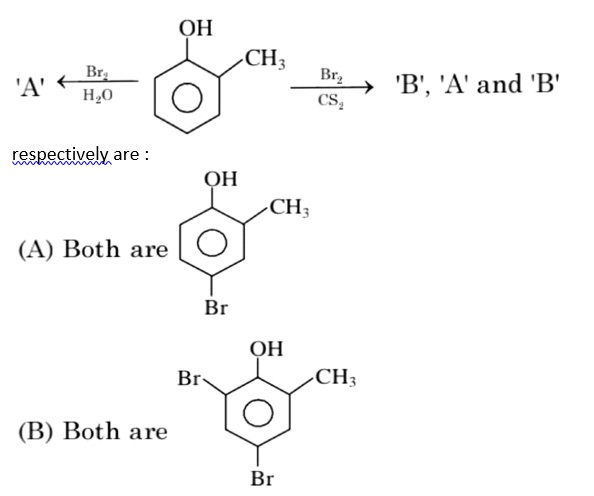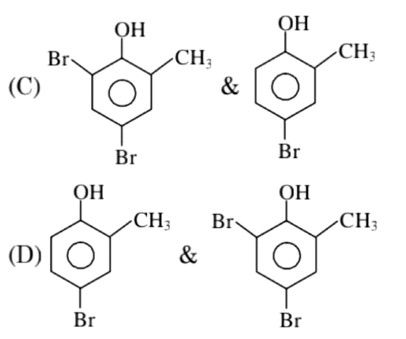9.24 What is the coordination entity formed when excess of aqueous KCN is added to an aqueous solution of copper sulphate? Why is it that no precipitate of copper sulphide is obtained when H2S(g) is passed through this solution?
9.24 What is the coordination entity formed when excess of aqueous KCN is added to an aqueous solution of copper sulphate? Why is it that no precipitate of copper sulphide is obtained when H2S(g) is passed through this solution?
-
1 Answer
-
CuSO4 + KCN? K2 [Cu (CN)4] + K2SO4
[Cu (H2O)4]2+ + 4CN-? [Cu (CN)4]2- + 4H2O
The coordination entity formed is K2 [Cu (CN)4] .
IUPAC name of the coordination entity is potassium tetracyanocuprate (II). It is a very stable complex. The copper atom present inside the coordination sphere does not separate out to form copper ions and cyanide ions due to strong bond between them.It does not ionize to give Cu2+ ions and hence on adding H2S, since there are no copper ions present so no precipitate of copper sulfide is formed.
Similar Questions for you
CoCl3.NH3 + AgNO3
x = 5
In H2O (polar solvent) dibromophenol derivative and in CS2 (non-polar solvent moneobromo phenol derivate is obtained.
3d => 4d => 5d CFSE increases for the same ligands.
Factual
⇒ leaching methods is used for those metal in which metal is more soluble than impurities and these are Al, Au, Ag, low grade Cu
σ bonded organometallic compound ⇒ M – C
σ-bond
and in π – bonded organo metallic compound
M – C
π bond
In ferrocene, there is π-bond
Taking an Exam? Selecting a College?
Get authentic answers from experts, students and alumni that you won't find anywhere else
Sign Up on ShikshaOn Shiksha, get access to
- 65k Colleges
- 1.2k Exams
- 679k Reviews
- 1800k Answers



